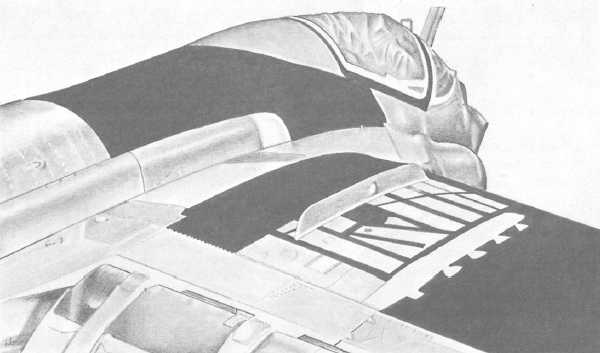However, the following restrictions apply to all
sealant applications:
• Sealant should be used within the application
time limits specified by the sealant manufacturer.
• Sealant should not be applied to metal that is
colder than 70°F. Better adhesion is obtained and the
applied sealant will have less tendency to flow while
curing if the metal is warmed to a temperature
between 90°F and 100°F before the sealant is applied.
• Sealant should be discarded immediately when
it becomes too stiff to apply or work. Stiff or partially
cured sealant will not wet the surface to which it is to
be applied as well as fresh material and,
consequently, will not have satisfactory adhesion.
• Sealant should not be used for faying surface
applications unless it has just been removed from
refrigerated storage or freshly mixed.
While the use of sealants on aircraft surfaces has
greatly increased over the past few years, application
methods have been mostly through the use of
brushes, dipping, injection guns, and spatulas. The
spraying of sealants is a recent development. MIL-S-
81733 sealant, type III, is extensively used for spray
application. If type III sealant cannot be procured,
MIL-S-8802 sealant, class A, may be used by thinning
it to a sprayable consistency by the addition of an
appropriate solvent.
Figure 14-44 shows sealant applied to an aircraft
to protect some of the most corrosion-prone areas.
The sealant was applied using spray, spatula, and
brush methods.
When you are pressure sealing an aircraft, the
sealing materials should be applied to produce a
continuous bead, film, or fillet over the sealed area.
Air bubbles, voids, metal chips, or oily contamination
will prevent an effective seal. Therefore, the success
of the sealing operation depends upon the cleanliness
of the area and the careful application of the sealant
materials.
There are various methods of pressure sealing the
joints and seams in aircraft. The applicable structural
repair manual will specify the method to be used in
each application.
The sealing of a faying surface is accomplished by
brush coating the contacting surfaces with the
specified sealant. The sealant should be applied
immediately before fastening the parts together.
217.204
Figure 14-44.—Sealant applied to aircraft exterior surfaces.
14-46



